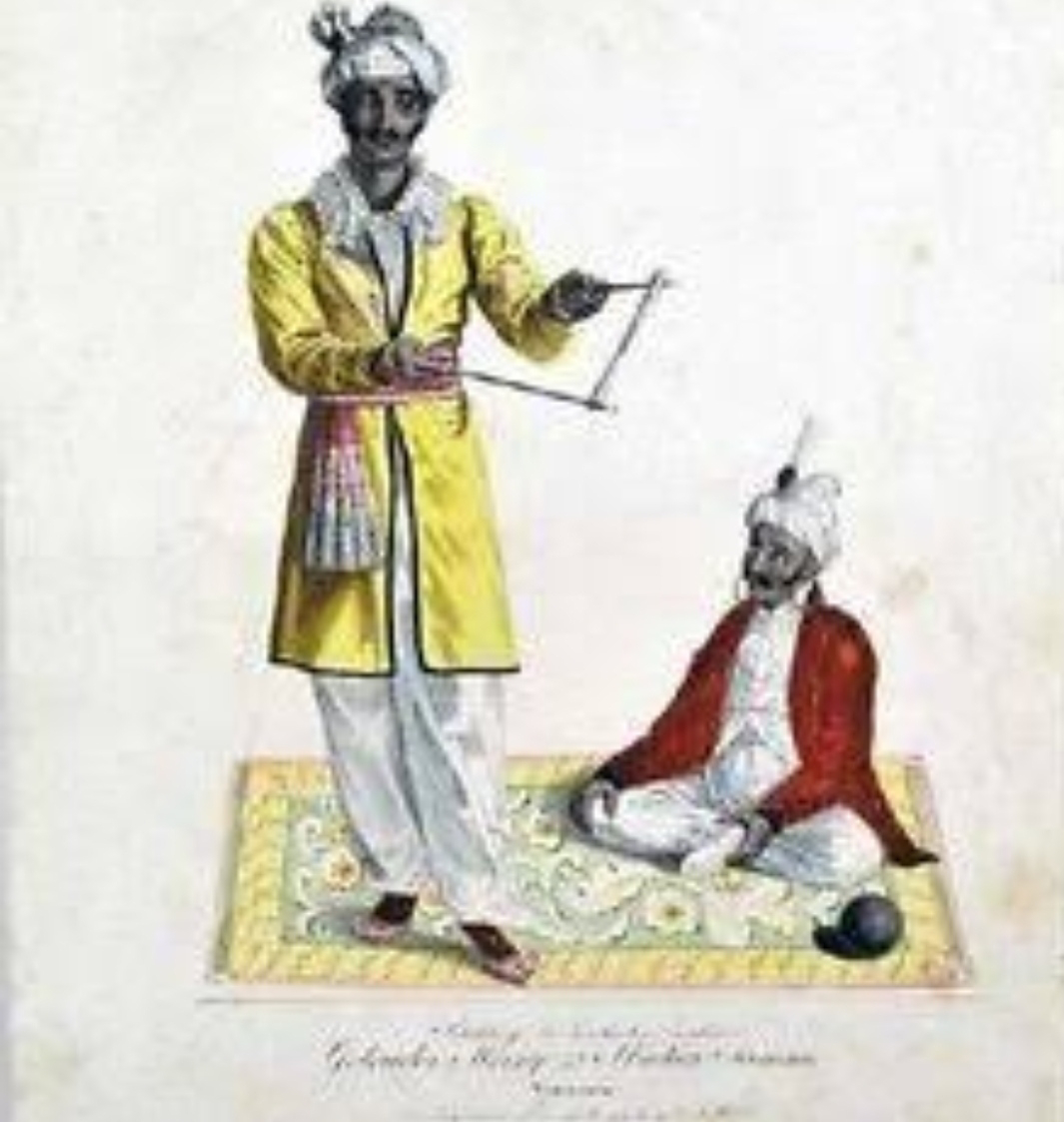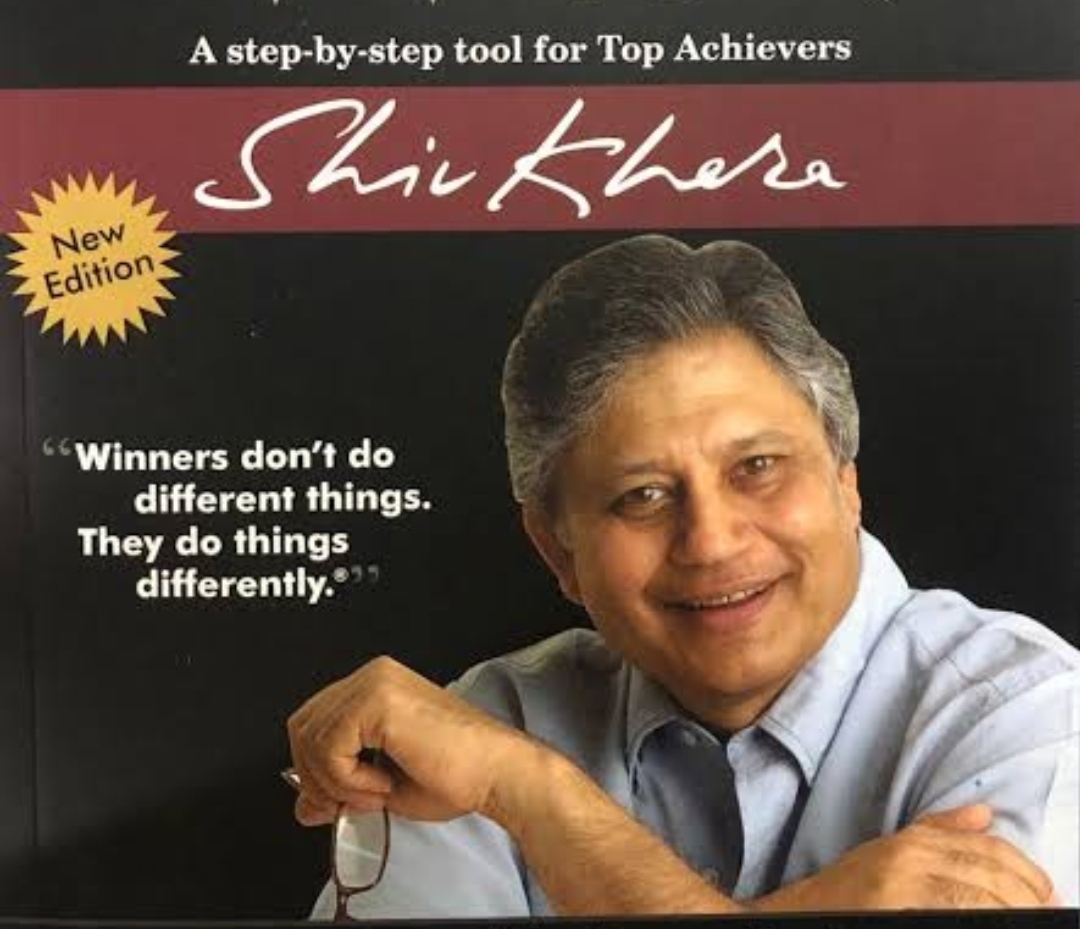Indian Jugglers by Hazlitt

The Indian Jugglers - William Hazlitt William Hazlitt (10 April 1778 – 18 September 1830) was an English essayist, drama and literary critic, painter, social commentator, and philosopher. He is now considered as one of the greatest critics and essayists in the history of the English language, placed in the company of Samuel Johnson and George Orwell. William Hazlitt was eager to inquire into human life with all its variety. He was keenly interested in a vast variety of things-books of all kinds, politics, sports, stage etc. He conveyed his enjoyment and observation to the readers through his essays. William Hazlitt in his essay the Indian Jugglers talks about the stunning performance of an Indian Juggler. In this essay he praises the Juggler’s mechanical mastery, his “skill surmounting difficulty, and beauty triumphing over skill,” . Hazlitt is perplexed to see an odd and inexplicable mixture of simple and miracu








